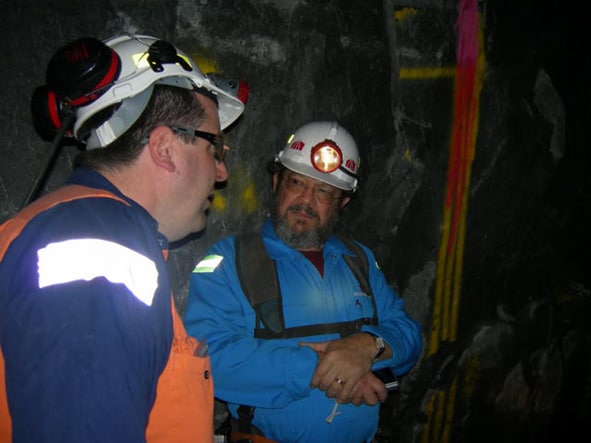On 19 May 2010, the Optometrists Association Australia (OAA) launched a national eye safety campaign. This campaign is worthwhile but illustrates some of the shortcomings of this type of campaign.
 The OAA media release states:
The OAA media release states:
“Sixty per cent of all eye injuries happen at work, .. warn optometrists who are urging every workplace to put eye safety procedures in place as part of a new national campaign.
Optometrists Association Australia (OAA) and HOYA Lens Australia will launch ‘Eye accidents change lives forever’ a comprehensive workplace eye safety campaign this week.” [links added]
The need for eye safety procedures is clear but the recommended action is too narrow. The entire focus of the campaign is to increase awareness of eye hazards and to increase the usage of safety eyewear. There is no focus on the reduction of the hazard itself, just the protection of the worker’s eyes. Continue reading “Eye safety campaign – a good start but shortsighted on safety”


 Prominent OHS unionist, Yossi Berger*, has attempted to place the issue of quad bike safety in the greater context of OHS In the latest issue of the Australian Workers’ Union’s Say Safety magazine (only
Prominent OHS unionist, Yossi Berger*, has attempted to place the issue of quad bike safety in the greater context of OHS In the latest issue of the Australian Workers’ Union’s Say Safety magazine (only